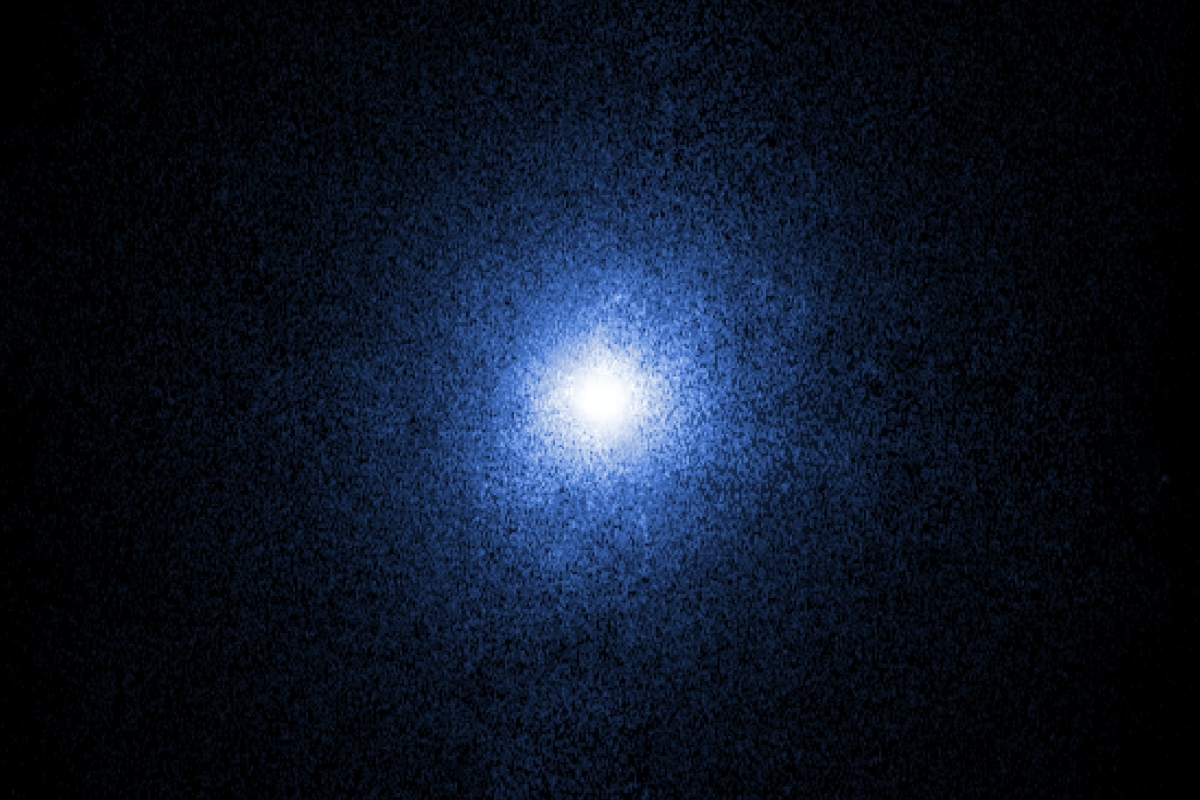The Nobel Prize in Physics, orbiting black holes
An analysis of the research and discoveries following the award to Roger Penrose, Reinhard Genzel, and Andrea Ghez

Those of us who do or have done some kind of theoretical modelling of physical systems of some complexity usually laugh at our models referring to them as «the spherical cow». Indeed, the aim is to get an idea of the «cow» system by assuming it to be spherical in order to simplify the calculations. And this is only relevant because the story of this year’s Nobel Prize in Physics begins with a spherical ruminant.
«The theory of general relativity mathematically envisaged the existence of objects that would not allow anything to escape»
The theory of general relativity mathematically envisaged the existence of objects that would not allow anything to escape, as Karl Schwarzschild demonstrated in 1916. Not even light. The question was whether this fantasy could be realised in a real physical object. To prove this, it was necessary to study whether a certain amount of matter could collapse, that is, the process of formation had to be studied. In 1939, physicists Robert Oppenheimer and Hartland Snyder demonstrated that such an object could be generated, assuming a perfectly spherical distribution of matter. From that moment on, the doubt was whether the assumption limited the result to this idealised scenario.
And this is where Sir Roger Penrose’s ingenuity comes in. In 1965 he demonstrated the inevitability of matter collapsing to form a black hole (a term coined by Robert Dicke in 1960) regardless of the initial distribution of this matter. Penrose introduced the idea of a trapped surface, which allows us to imagine a black hole as the region of space (inside that surface) in which any ray of light emitted irrevocably propagates towards the centre of this surface. This means that it does not matter if the light ray is emitted towards the outside of the surface, because it will still propagate towards its centre. In other words, space and time are mixed in such a way that they actually exchange their role and the future is at the centre of the system. Just as we are dragged by time into the future without us being able to do anything about it, any observer within this surface is dragged towards the centre of the closed surface. That is where the singularity is, a point that does not belong to the mathematical description of space-time, the real hole.

From left to right, Roger Penrose, Reinhard Genzel, and Andrea M. Ghez. © Nobel Media. III. Niklas Elmehed
From the moment it became clear that the collapse could occur in real astrophysical systems, the search for clues about their existence in the universe began. As early as 1963, speculation started to emerge that the brightness of quasars, much brighter than usual galaxies, was being fuelled by the presence of a black hole within them. However, a more obvious candidate was found in our own galaxy: the binary object Cygnus X-1. All this happened between the 1960s and the early 1970s.
Then came other candidates through multiple indirect evidences, but there was no direct enough observation that allowed us to state categorically that these were black holes. There was speculation that there might be a black hole with huge masses at the centre of each galaxy, and also in the Milky Way. In the mid 1990s, the new generation of infrared telescopes allowed us to directly observe the stars in the centre of our galaxy. The matter between us and this region prevents observation with visible light telescopes, among others. With the new devices, the time had come.
«Perhaps in the not too distant future, the Swedish Academy will have to rethink the way it awards its famous prizes»
The teams of Andrea M. Ghez and Reinhard Genzel independently observed a series of stars rapidly orbiting around a clearly localised centre of mass. Using simple physical laws, the teams estimated the mass of the central object to be 4·106 times the mass of the Sun. This mass, concentrated in the observed region, could only be a black hole. And here was the first evidence, perhaps indirect but still clear, of the existence of black holes in our universe.
This prize, which recognises the very relevant steps in physics and astrophysics that we have explained, also connects two different scientific traditions: one more typical of the twentieth century, in which research teams were made up of very few researchers and individual work predominated; and another one that began at the end of the twentieth century, in which teamwork is the most common practice and in which the line between one author’s contribution to an article and the next author’s is blurred. Perhaps in the not too distant future, the Swedish Academy will have to rethink the way it awards its famous prizes.
Updated: 15 October 2020, 8:54h





